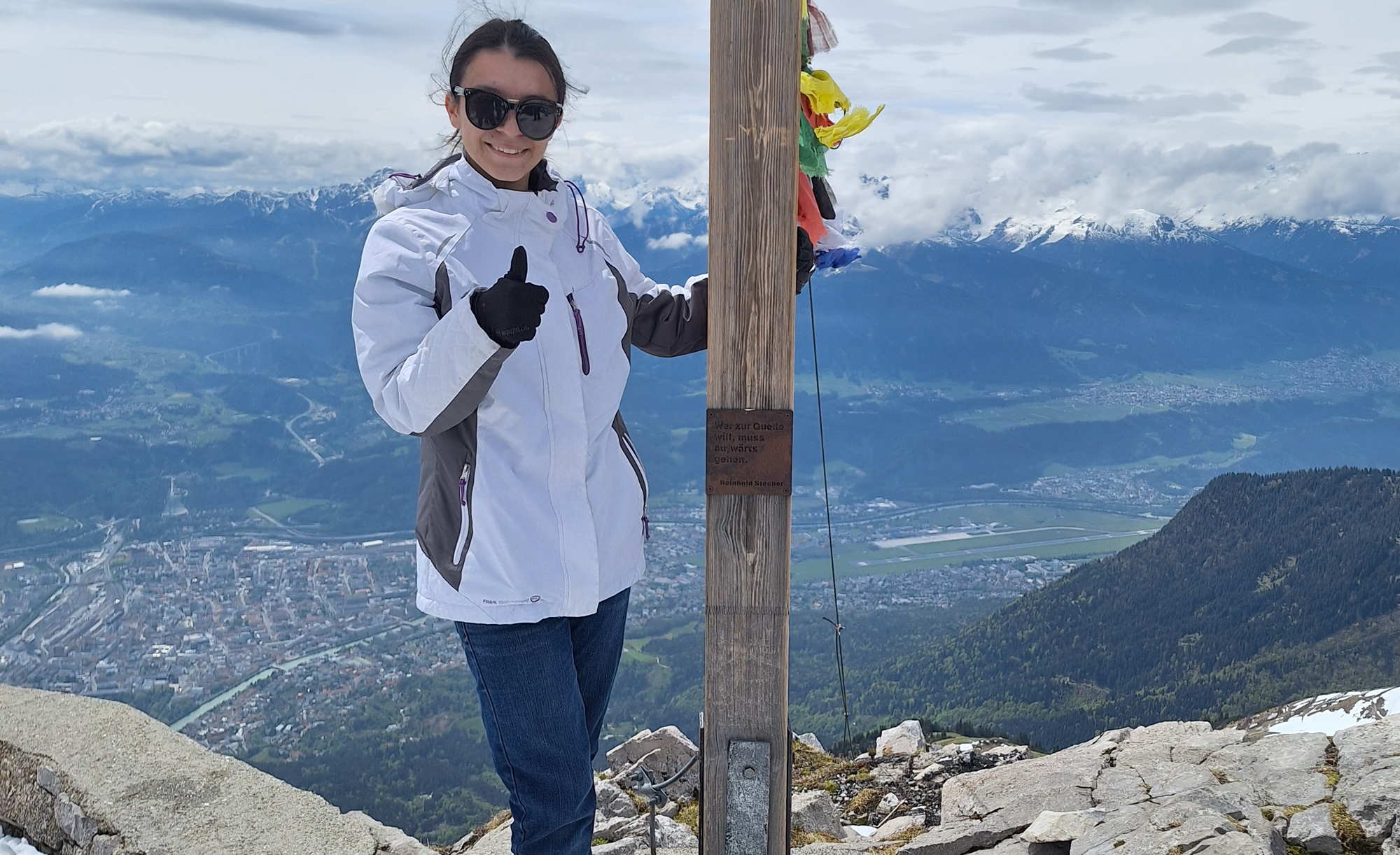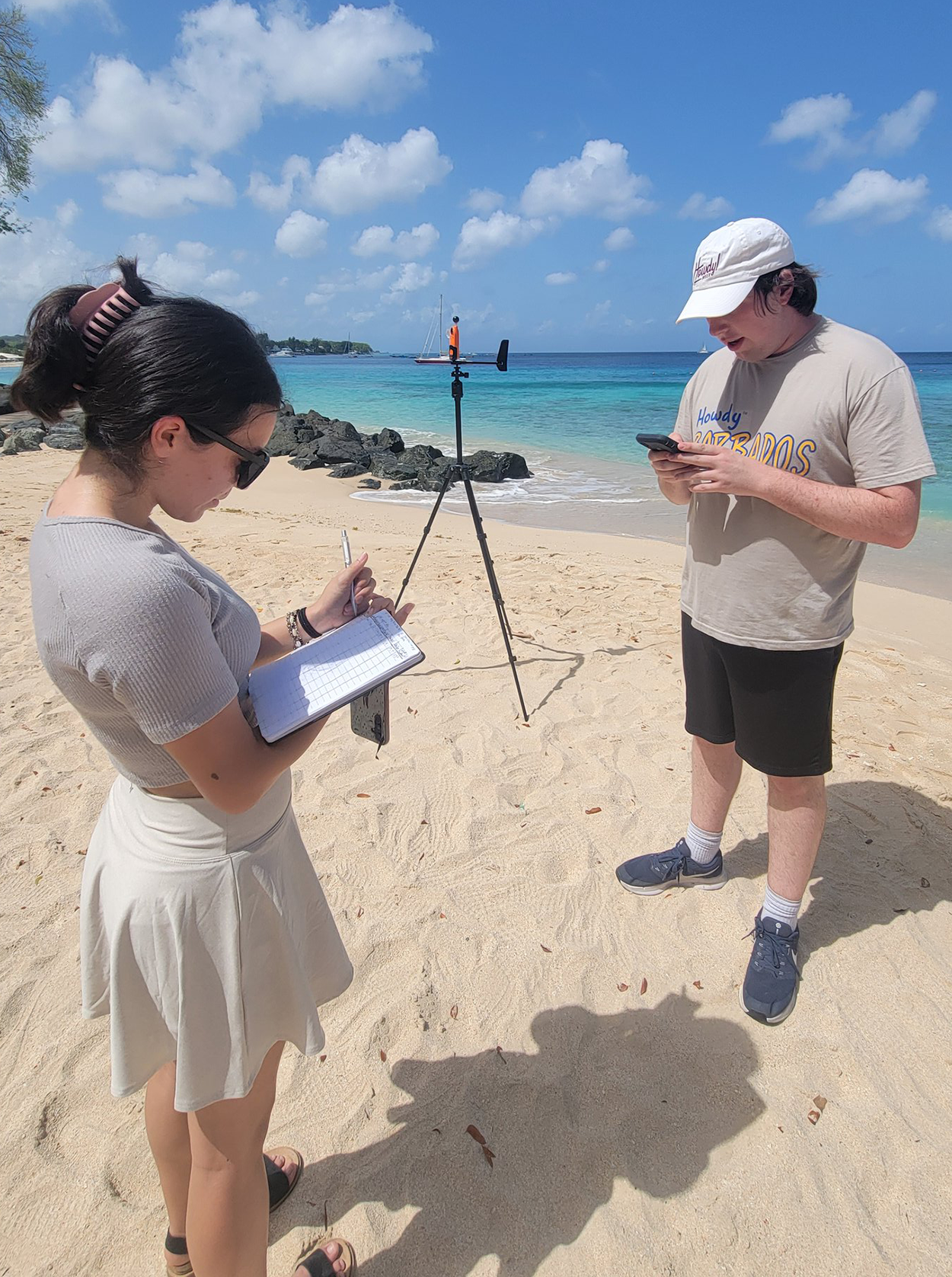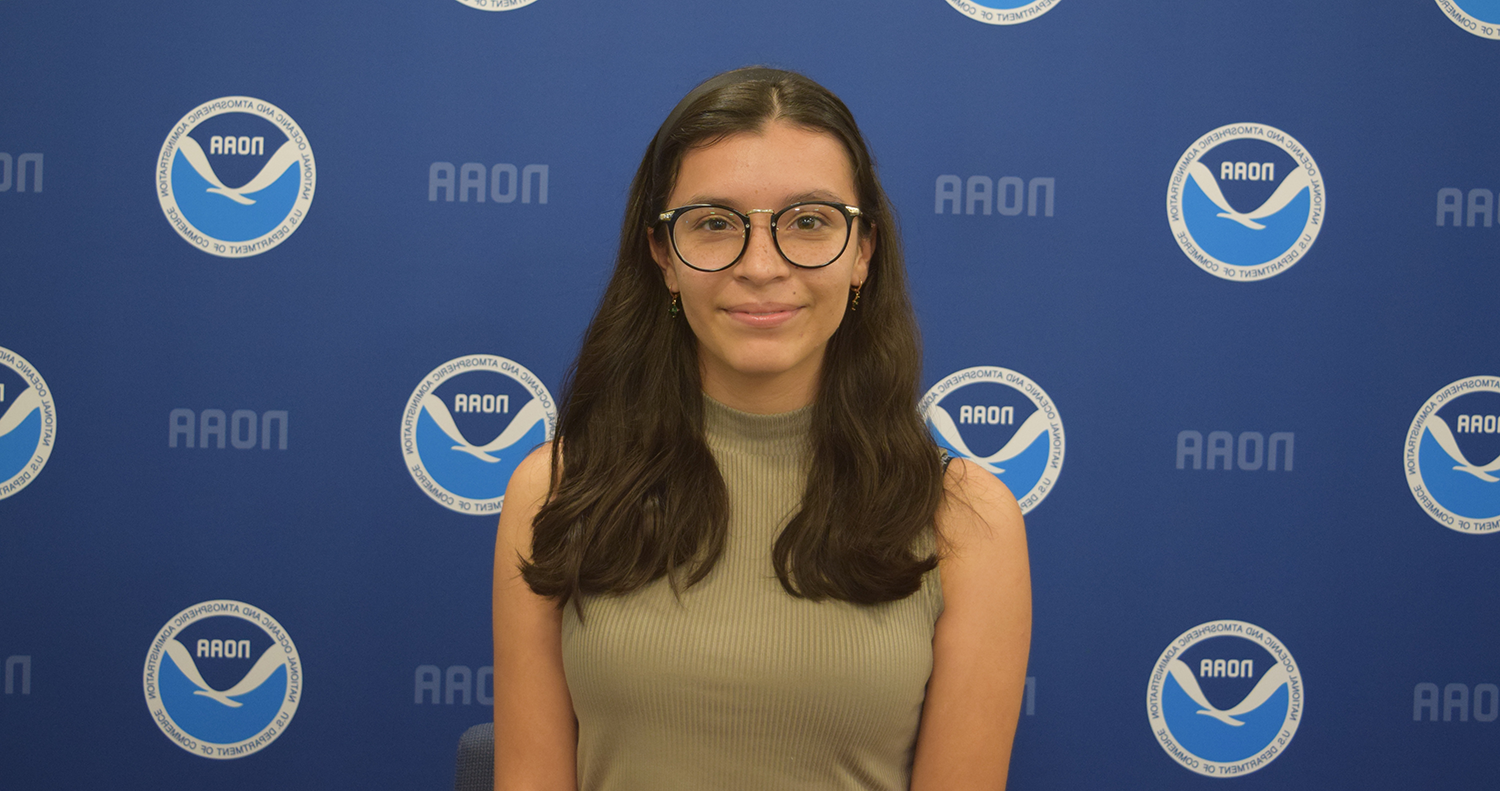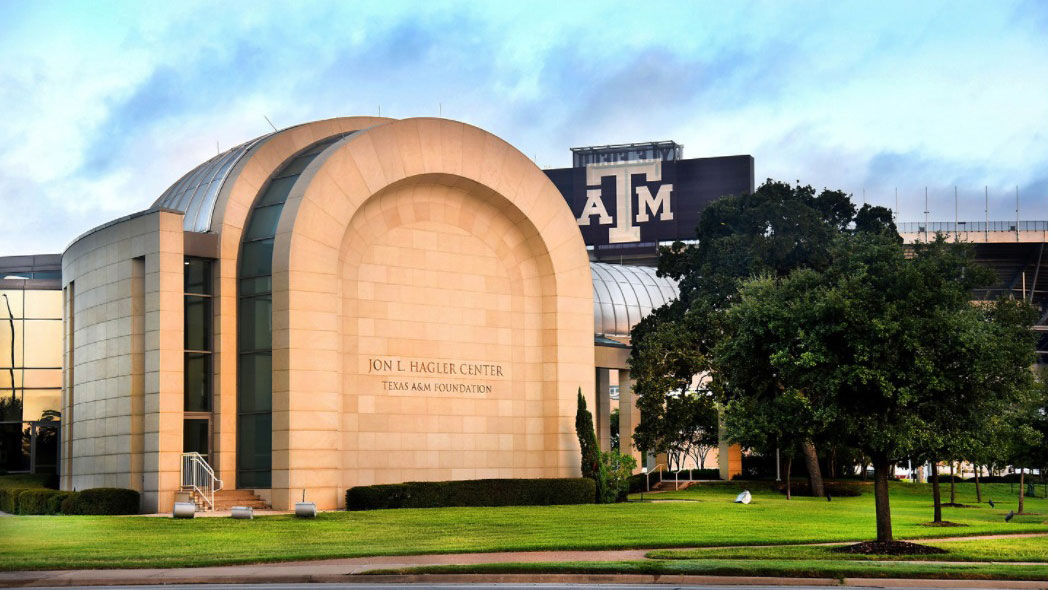
At the age of 15, Juliette Rocha, an undergraduate in the Texas A&M Atmospheric Sciences Department, began studying the unpredictable weather of rural North Texas. Now, she's advancing research to improve climate and weather prediction models. We caught up with Juliette to discuss her journey, research and career goals in atmospheric sciences.
Q: What inspired you to pursue a degree in atmospheric sciences?
A: I grew up on a farm in rural North Texas and developed an early appreciation for weather patterns because of the impact on our livestock and daily life—from droughts that drove up hay prices to severe thunderstorms that damaged barns and chicken coops. My curiosity only grew when I received a personal weather station for my 15th birthday. It laid the foundation for many experiments. I used the station’s data to create meteograms, or meteorological time series, to analyze and correlate changes in pressure, temperature and wind patterns.

Q: Would you share information on research projects or internships with which you are involved?
A: I am continuing a research project that I started in the summer of 2023 at Colorado State University (CSU) during a Research Experience for Undergraduates (REU). The project involves quality control and processing of data for a research scientist at CSU who is creating an artificial intelligence model to identify important sources of drought and flood predictability at longer timescales.
Q: What weather phenomena or environmental challenges are you especially passionate about studying?
A: Extending the predictability of weather extremes. Most weather forecasting models have limited predictability after 10 days. My interest is in the predictability of weather extremes beyond this period and in what is known as the subseasonal-to-seasonal (S2S) timescale. This timescale spans from two weeks to six months before an extreme event. With current gaps in our understanding, improving predictability could benefit sectors like agriculture, water management and disaster preparedness.
Q: What are your career goals after graduation, and how do you see atmospheric sciences shaping your future?
A: To pursue a doctorate in atmospheric sciences, hopefully with a thesis based on my interests in S2S predictability. In the long term, I envision myself as a research scientist at the National Oceanic and Atmospheric Administration (NOAA), where I can contribute to advancing modern weather and climate prediction systems. My passion lies in research, and I cannot imagine a future where both research and atmospheric sciences aren’t shaping my path.

Q: What advice would you give to students considering atmospheric sciences as a major?
A: If you're considering atmospheric sciences and are curious about the wonders and mysteries of weather, climate or both, my advice is to go for it! Try it out and take some classes—you may come to find that you also have a passion for this field. Both the atmospheric sciences department at Texas A&M and the broader field overall are home to a unique community of individuals eager to share their enthusiasm with you. Be prepared to embrace the math and physics of the degree, as they form the foundation of the field. But most important, always stay curious and open to learning more—this field is as ever-evolving as the atmosphere itself!

